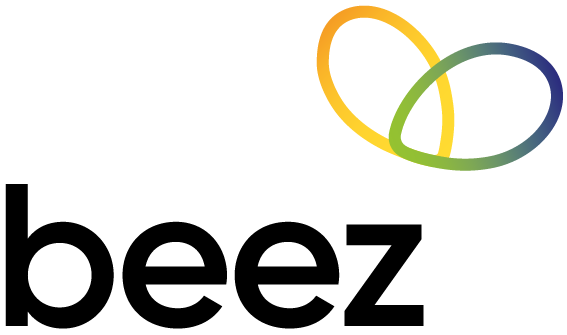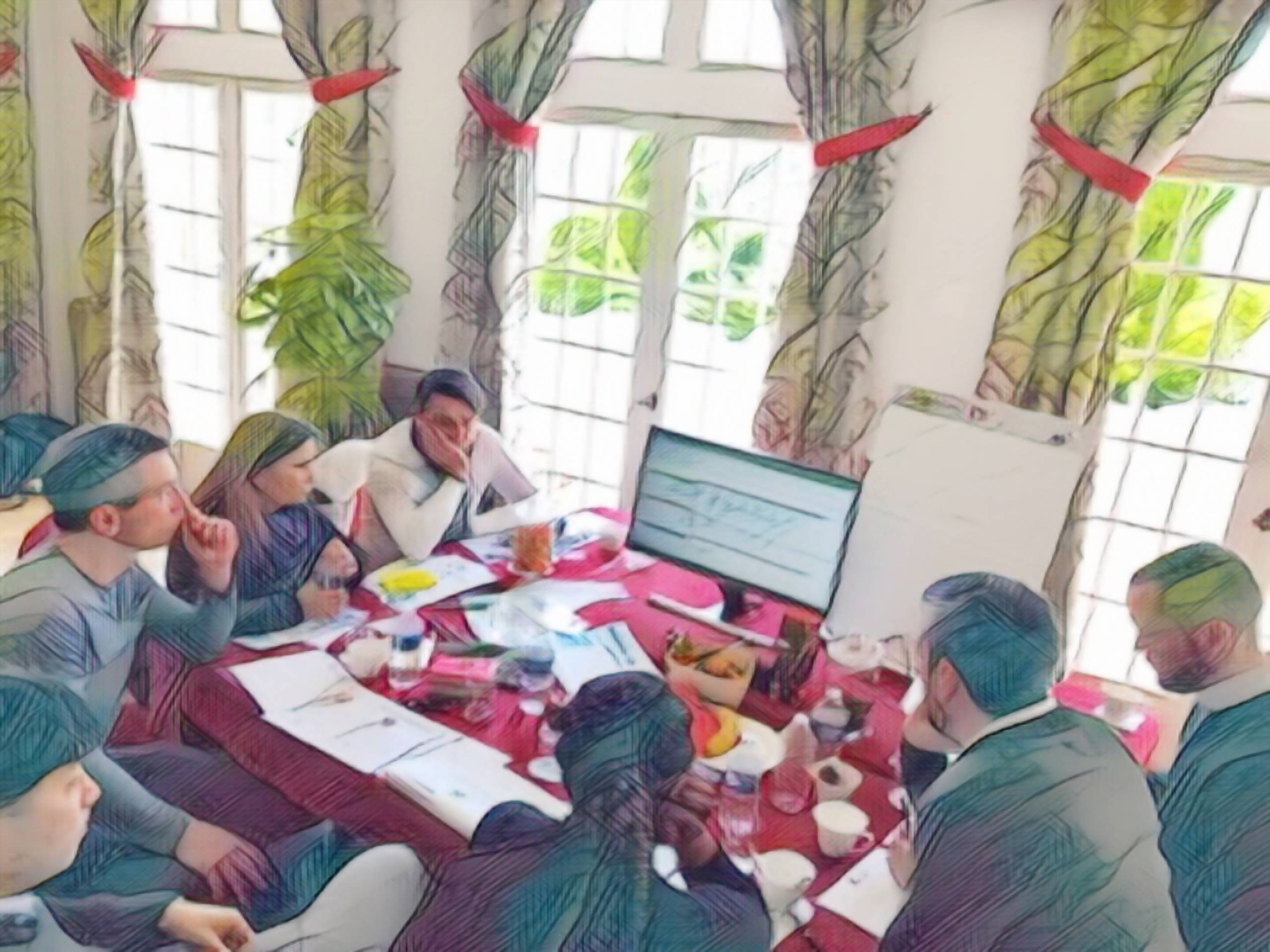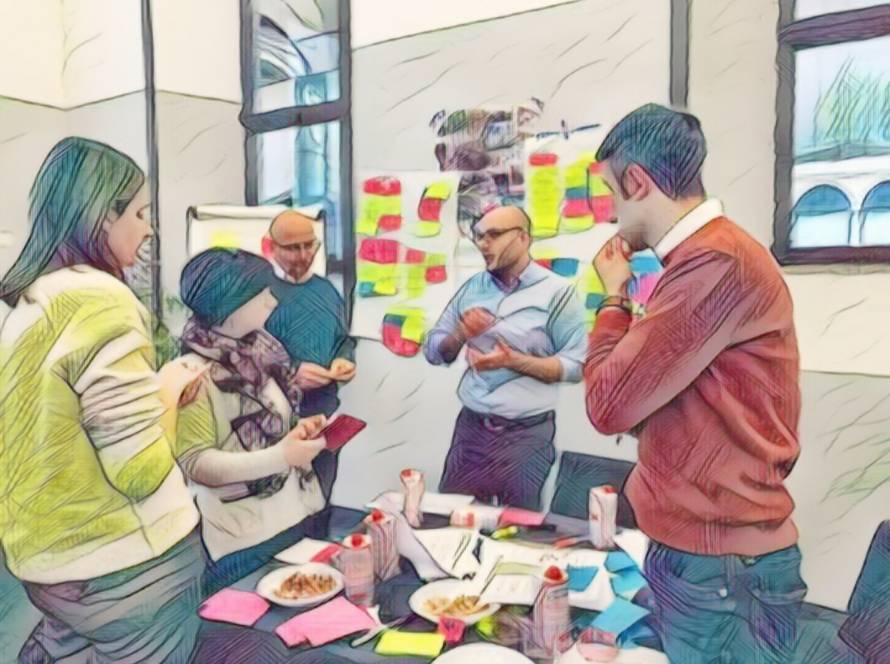IN A NUTSHELL
type
B2C multinational
length / size
10 weeks
13 people working on client side
scope
France
partners
/
CUSTOMER ACQUISITION
consumer profiling
market segmentation
design thinking & co-creation
GROWTH TURNAROUND
portfolio re-engineering
TEAM MANAGEMENT
consensus building & vision ownership
AzkoNobel France called on beez to fuel a growth turnaround by re-engineering its brand & product portfolio and remobilising its staff. Thanks to its active listening skills and participatory design thinking techniques, beez delivered a new strategy in just 10 weeks. A year later, AkzoNobel France resumed with sustainable growth.
In 2018, AkzoNobel France – a subsidiary of a Dutch multinational – sold its chemistry branch to focus on its decorative paints branch. At the time, France stood as one of the largest market in Europe (after the UK) but not the most profitable.
For 10 years, AkzoNobel France had been grappling with budget cuts and haphazard strategic decisions as its turnover was rapidly shrinking. It was structured around three business units: Sikkens solutions (integrated network of stores), a network of independents stores and B2C retailers.
For years, these client-specific divisions had been working in silo, which has generated inefficiencies and a proliferation of references. AzkoNobel France was managing no less than 15 brands and 5 000 references. In 2018, the company turnover had become too small to accommodate such complexity. In fact, the multiplication of brands and references had also fuelled the business decline. It was managed through an annual ‘cut the tail’ exercise, which has led to deadweight losses in turnover.
In December 2017, AkzoNobel France appointed a new CEO, Frédéric Guétin, who hired a new Chief Marketing Officer, Michiel Boonekamp, in June 2018. Both were determined to upend the vicious circle and return to profitable growth. They were also aware that a return to profitability would require a bold business transformation.
The objective was therefore to identify the portfolio of brands and products that would fuel AkzoNobel’s return to sustainable grow. Last but not least, they also understood that it would be difficult to engage staff in yet a new ‘recovery’ plan.
It has already been decided to create two multi-disciplinary working groups (task force Trade and task force Retail). The announcement of the creation of these two working groups was greeted with skepticism by the Works Council, because this type of initiative has already been taken in the past with the results that we know.
In November 2018, Michiel Bonnekamp reached out to beez to:
- support the working groups defined by AkzoNobel to find business solutions to return to profitable growth;
- define in co-creation the brand portfolio and the necessary references;
- build a team dynamic and secure the commitment of operational staff.
Michiel Boonekamp chose beez for its strong listening skills and its methodologies for building consensus. beez proposed to follow the three steps of its consumer-centric ‘design thinking’ method.
Reframe
beez started with its usual ‘reframe’ phase, which aims to ensure that we focus on the right challenges.
The beez team reviewed all the learnings from the previous 10 years and immersed itself in decorative paint market drivers. This step was essential in this case to challenge the teams and fulfil our role of neutrality and ‘fact checking’ whenever debates were to turn wary.
A month later, in February 2019, beez facilitated a stakeholders meeting in the offices of AkzoNobel to build alignment on the lessons learnt throughout the first phase and consensus on the reframing of the challenges faced by AzkoNobel as proposed by beez. We then finalised a detailed agenda for the upcoming 3-day hackathon.
Create
On 18-20 February, beez facilitated a 3-day “Retail Hackathon” with the Retail working group (13 people). The brainstorming sessions took place in an inspiring and quiet off-site location. To create team commitment and cohesion, the 3-day hackathon was residential.
2 weeks prior to the hackathon, beez shared its memo summarising the main lessons learnt and reframing proposal. Participants found the pre-reading both instructive and inspiring.
- On Day 1, participants worked in sub-groups and in several rounds to define, personify and prioritize the different types of consumers (users, shoppers and influencers) and then to identify insights for each consumer persona.
- On Day 2, sub-groups work continued to reorganise the brand and product portfolio to meet the needs of the most important consumers and customers (retailers). After a ‘disaster check’ for low priority customers, the sub-groups designed different solution scenarios.
- On Day 3, all participants built a business case for each solution scenario.
The second phase ended with a hackathon wrap-up sent to all participants on 21 February, a day after the hackathon. Three weeks later, beez facilitated an online meeting to discuss next steps with the AkzoNobel leadership.

The AkzoNobel team had been through a lot before I joined.
I needed beez’s positive can-do attitude and straight-talking
to make the portfolio re-engineering successful.
Michiel Boonekamp
Deliver
In just 10 weeks, AzkoNobel France with the support of beez:
- developed two portfolio re-engineering scenarios with quantified sensitivity analyses;
- defined 7 consumer personas, from which they derived 28 retail and product insights;
- selected collectively a preferred portfolio scenario for growth;
- secured the approval of AzkoNobel’s managing board in The Netherlands.
Outcome
At the end of a collaborative process facilitated by beez, AzkoNobel – both leadership and staff – owned a revamped growth plan based on re-engineered brand & product portfolio.
In 2020, AkzoNobel France was back on track, delivering profitable growth for the first time since 2008.




